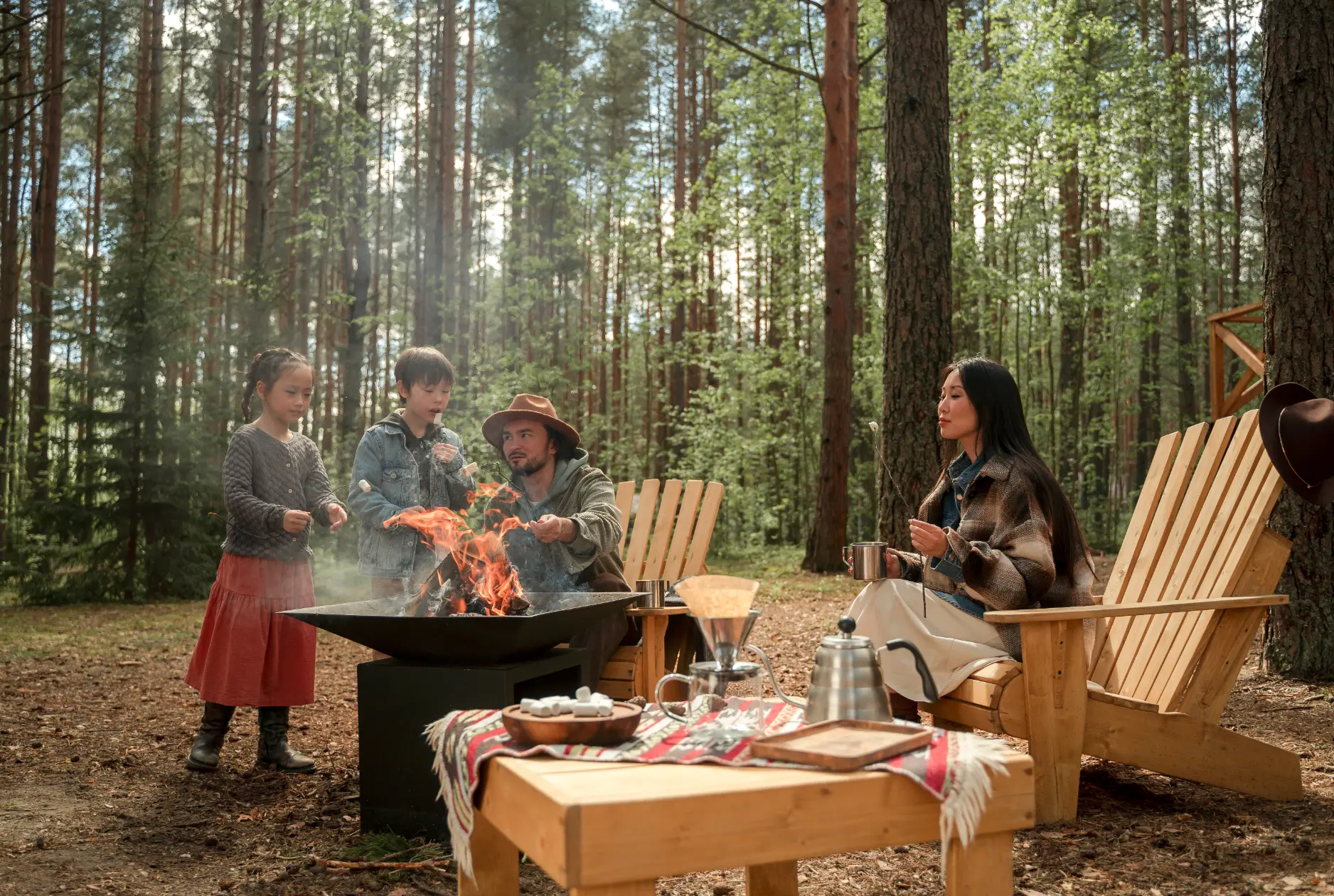Best Ways for High Altitude Hiking Training 2024
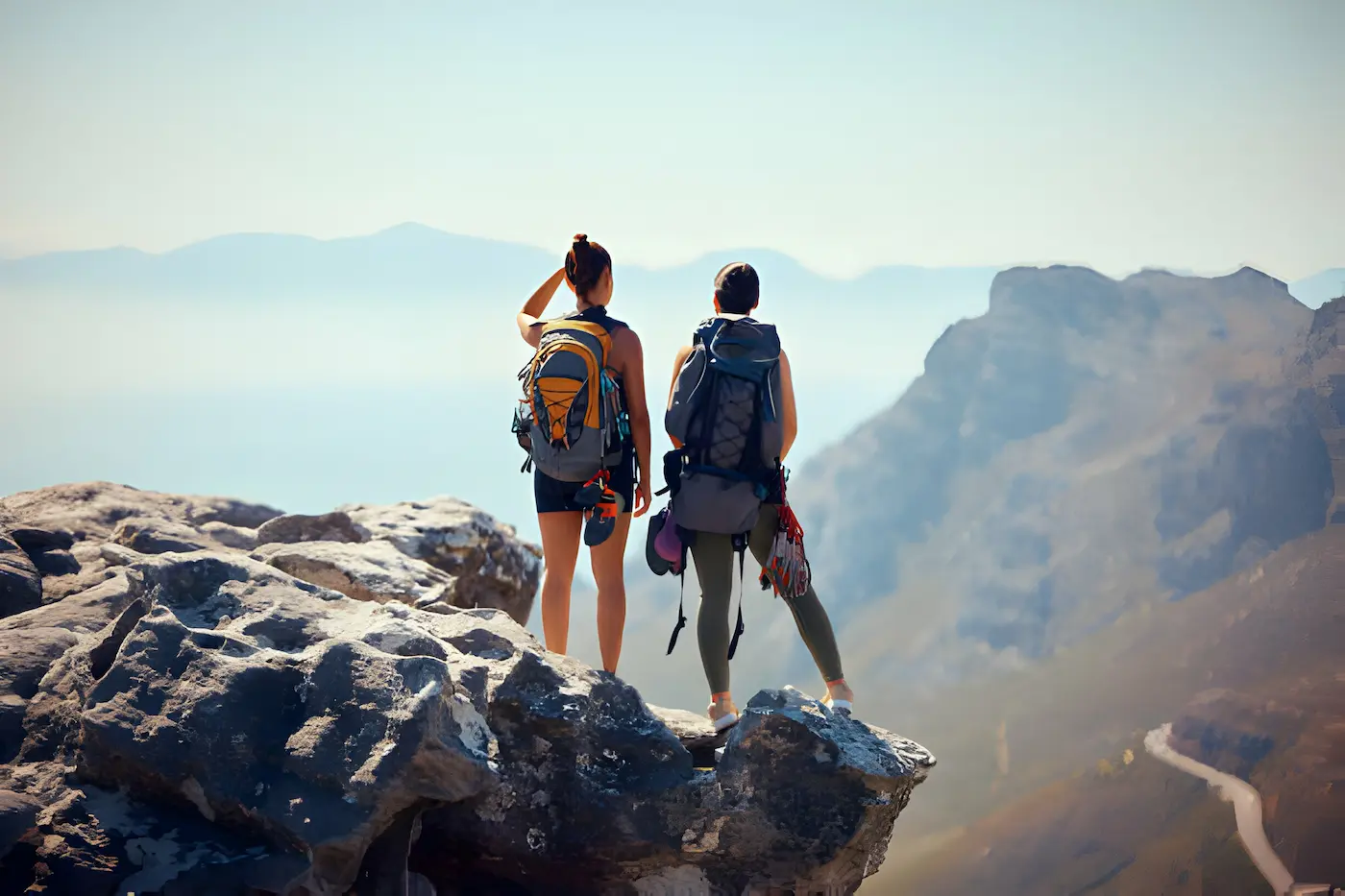
To train for high altitude hiking, gradually increase elevation exposure and build physical endurance. Focus on cardiovascular fitness, strength training, and altitude acclimatization.
Table of Contents
High altitude hiking presents unique challenges that demand specific training strategies. It requires more than just physical strength and stamina; the body needs to adapt to thinner air and lower oxygen levels. Preparing for such treks involves a combination of aerobic exercise, strength workouts, and simulated or real altitude exposure to improve the body’s response to hypoxic conditions.
Doing this increases red blood cell count and enhances oxygen delivery throughout the body. This preparation helps prevent altitude sickness and enhances overall performance on the trail. Engaging in activities like running, cycling, and swimming can significantly improve cardiovascular health, which is critical for high-elevation adventures. Undertaking hikes at increasing altitudes will help the body adjust incrementally, making the transition to higher elevations smoother and more manageable.
Benefits Of High Altitude Hiking Training
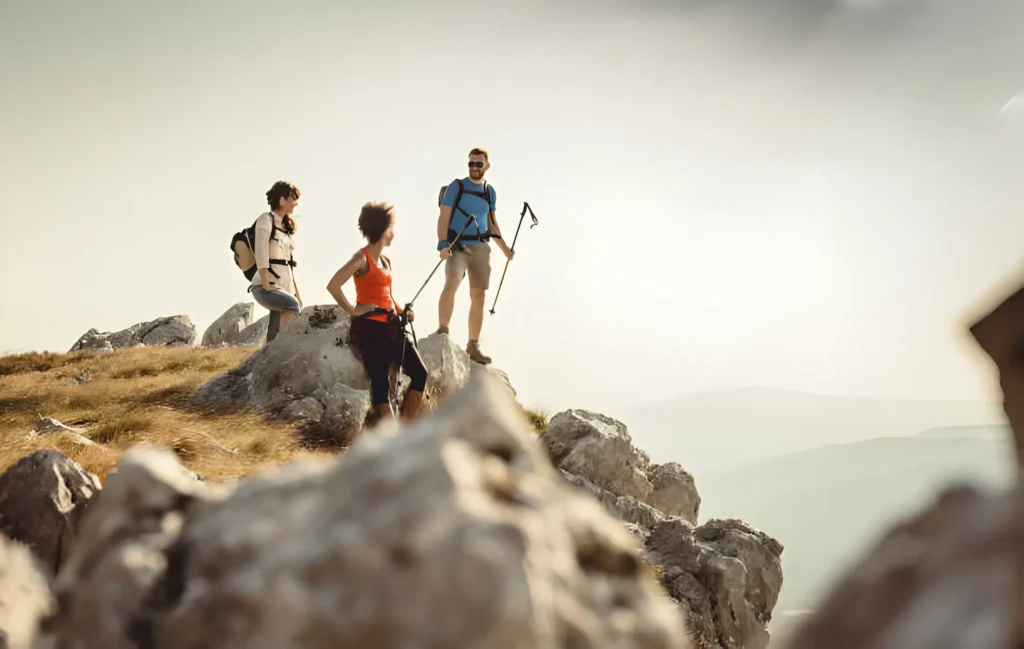
Embracing the mountains offers more than just breathtaking views. High altitude hiking is a rewarding endeavor that comes with a multitude of benefits. These benefits not only improve your physical health but also contribute to your mental and emotional wellbeing. Let’s summit the advantages together!
Boosting Cardiovascular Health
Ascending to higher elevations poses a delightful challenge for your heart and lungs. The thin air makes your body work harder to supply oxygen. This naturally strengthens your cardiovascular system. Consider these points:
- Heart rate increases to deliver more oxygen to muscles.
- Blood vessels become more efficient at transporting oxygen.
- Regular high altitude hiking may lower the risk of heart disease.
Enhancing Mental Wellbeing
The serenity of mountain landscapes has a profound effect on the mind. Stress levels plummet while clarity of thought soars. Achievements in altitude translate to boosts in confidence and mood. Key mental benefits include:
- Reduction in anxiety and stress through natural surroundings.
- Release of endorphins during physical activity uplifts spirits.
- Improved focus and mental strength from navigational challenges.
Unique Flora And Fauna Encounters
High altitude trails are home to wildlife and plants that are truly special. The experience is a feast for the senses and a treasure for nature enthusiasts. Special sightings might involve:
- Rare species adapted to live above the treeline.
- Diverse ecosystems that change with elevation.
- Flowering plants that paint the terrain with vibrant colors.
Understanding Altitude Sickness
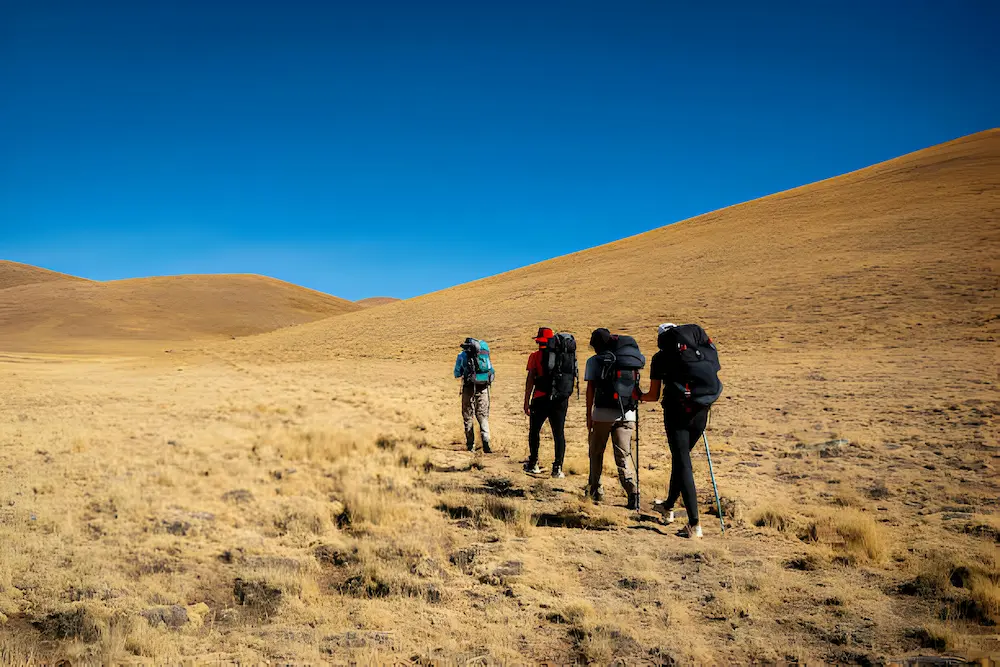
Embarking on high altitude hiking adventures excites many outdoor enthusiasts. If you’re eager to tread these elevated paths, it’s vital to understand altitude sickness. Let’s dive into its signs and preventive measures.
Symptoms To Watch For
Recognize altitude sickness early by being alert to its symptoms. Your body might exhibit certain reactions as you climb higher. Here are key indicators:
- Headaches: Pulsing pain in your head can be an early warning.
- Dizziness: Feeling unsteady or light-headed is common.
- Nausea or vomiting: Your stomach might not agree with the height.
- Fatigue: A drop in energy levels could signal trouble.
- Shortness of breath: Difficulty breathing is a red flag.
- Insomnia: Trouble sleeping is often linked to altitude changes.
Preventing Altitude Sickness
Starting your trek with preventative strategies lessens altitude sickness risks. Employ these tips to stay safe:
- Ascend slowly: Give your body time to adjust.
- Hydrate: Drink plenty of water to maintain fluid levels.
- Eat carbs: Opt for a diet rich in carbohydrates.
- Avoid alcohol and tobacco: These can exacerbate symptoms.
- Get acclimatized: Spend a day or two at moderate heights.
- Consider medication: Consult a doctor for preventive drugs.
Pair these steps with rigorous training and the right gear to enhance your high-altitude experience. Keep an eye on your wellness, and be ready to descend if symptoms persist.
Preparatory Fitness Regimen
Embarking on high altitude hikes calls for meticulous preparation, both mentally and physically. These environments are demanding. To thrive and enjoy these adventures, a tailored fitness regimen is essential. In the preparatory phase, specific exercises and techniques prime your body for the rigors ahead. Let’s dive into the foundational elements.
Cardiovascular Exercises
Cardio forms the cornerstone of high altitude hiking prep. Here are key exercises:
- Running: It builds endurance. Start slow, build distance over weeks.
- Swimming: Great for the lungs, less stress on joints.
- Cycling: Improves leg strength, stamina. Aim for regular, sustained sessions.
- Hiking: Include steep inclines. Mimics trail conditions, boosts cardio capacity.
Strength Training For The Trail
Strong muscles equal better support. Focus on these areas:
| Body Part | Exercise | Reps & Sets |
|---|---|---|
| Legs | Squats, lunges | 3 sets, 10-15 reps |
| Core | Planks, crunches | 3 sets, 60 secs |
| Back | Deadlifts, rows | 3 sets, 10-15 reps |
| Arms | Push-ups, pull-ups | 3 sets, 8-12 reps |
Breathing Techniques For High Elevations
Mastering breath at altitude is vital. Employ these strategies:
- Diaphragmatic Breathing: Deep breaths, from the belly. Practise daily.
- Paced Breathing: Sync breaths with steps. Helps with rhythm, oxygen flow.
- Altitude Simulations: Use breath-hold techniques to adapt body. Always be safe.
Acclimatization Strategies
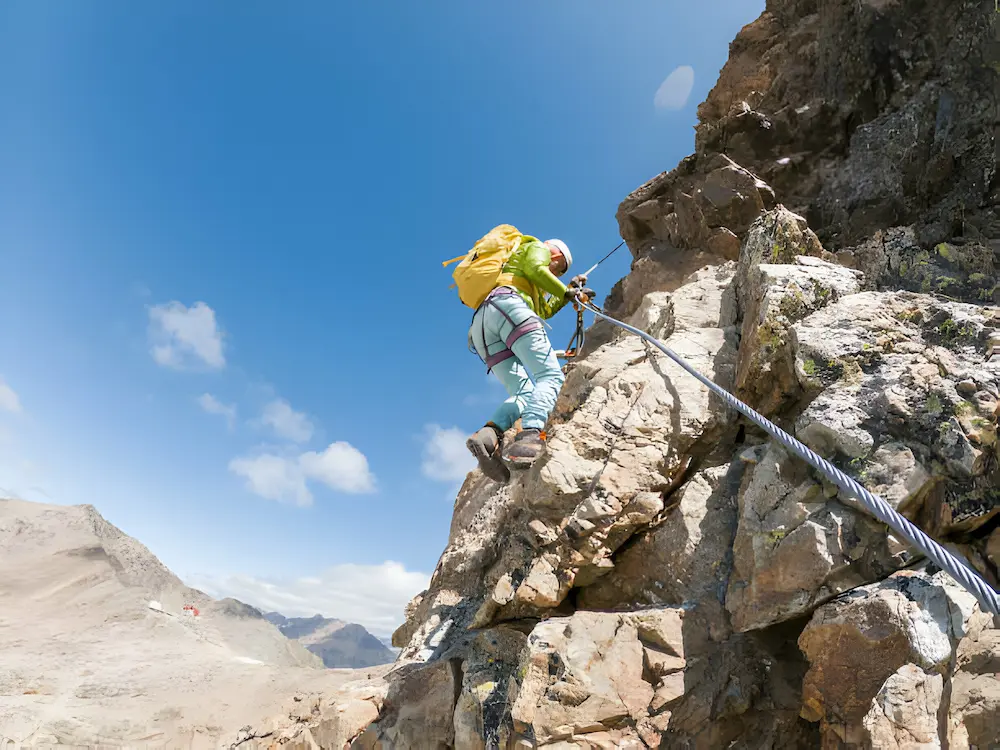
Reaching new heights on a high altitude hike requires careful preparation. Body adjustments to thin air take time. Understanding acclimatization strategies is critical. These strategies help hikers avoid altitude sickness. Let’s explore ways to adapt to the mountains safely.
Gradual Elevation Gain Approach
One essential strategy is the Gradual Elevation Gain Approach. This method allows your body to adapt to the altitude step by step, reducing the likelihood of altitude sickness. Consider these steps:
- Start low: Spend a few days at a moderate elevation before ascending higher.
- Go slow: Limit elevation gain to 500-1000 feet per day after reaching 10,000 feet.
- Rest days: Include rest days in your itinerary to help your body adapt.
Importance Of Hydration
Hydration becomes more critical as you ascend. The Importance of Hydration cannot be overstated; it helps your blood flow and delivers oxygen throughout your body. Remember:
- Drink water throughout the day, not just when you feel thirsty.
- Aim for clear or light yellow urine as a hydration indicator.
- Avoid or limit caffeine and alcohol, which can dehydrate you.
The Role Of A Balanced Diet
Finally, a Balanced Diet plays a vital role in your body’s adjustment to high altitudes. Proper nutrition supports energy levels and overall health. Here’s what to include:
| Food Group | Benefits |
|---|---|
| Complex Carbohydrates | Provide sustained energy |
| Proteins | Help repair and build muscle tissues |
| Fats | Essential for long-lasting energy |
| Fruits & Vegetables | Supply vitamins and antioxidants |
Eat regularly, and focus on meals rich in iron, vitamins, and minerals. These nutrients are crucial for maintaining energy and oxygenating your blood.
Essential Gear And Nutrition
Embarking on high-altitude hikes demands careful preparation; not only does your body need to adjust to thinner air, but your gear and nutrition choices are critical for success. Mastering the elements of essential gear and nutrition becomes a gateway to the breathtaking realms of elevated landscapes. Let’s break down what you’ll need to pack and consume to ensure a safe and exhilarating journey above the clouds.
Packing For Sudden Weather Changes
Boldly stepping into high-altitude hikes means being ready for anything. Weather can shift in moments, turning clear skies into a challenging mix of rain, snow, or sleet. Essential items to pack include:
- Layered Clothing: Think moisture-wicking base layers, insulating mid-layers, and waterproof outerwear.
- Extra Socks and Gloves: Keep your extremities dry and warm.
- Rain Gear: A lightweight, packable rain jacket and pants are a must.
- Thermal Hat and Neck Gaiter: Protect your head and neck from the cold.
- Emergency Shelter: A small, lightweight bivy or space blanket can be lifesaving.
Calorie-dense Food For Energy
Fueling your body on a high-altitude trek is all about energy efficiency. Low oxygen levels make digestion harder, so opt for foods that pack a caloric punch in small servings. Consider these options:
- Nuts and Seeds: A great source of healthy fats and protein.
- Energy Bars: Compact and filled with nutrients.
- Dried Fruit: Quick, natural sugars for a fast energy boost.
- Chocolate: A small piece can lift spirits and provide quick calories.
- Pre-cooked Meals: Just add hot water, and you’re good to go.
Navigational Tools For Safety
No matter your level of experience, navigational tools remain your lifeline in the unpredictable terrain of high altitudes. Stay on course with:
- Map and Compass: Fundamental tools that don’t rely on batteries.
- Altimeter Watch: Keeps track of your altitude and air pressure.
- GPS Device: A modern way to pinpoint your exact location.
- Solar Charger: Ensure your electronic devices stay powered.
- Emergency Whistle: Signal for help without wasting energy.
Mental And Emotional Preparation
High altitude hiking requires more than physical strength. Your mind must be ready too.
Mental and emotional stamina are key to success on the mountain.
Coping With Isolation And Physical Strain
Minds get tested in the quiet and strain of high altitudes. Prepare to face long days with only your thoughts.
- Practice meditation: Find peace in stillness before your hike.
- Create routines: Simple tasks can bring comfort.
- Know your limits: Pushing too hard leads to burnout.
- Embrace solitude: Enjoy the rare chance to be with yourself.
Staying Motivated During Tough Segments
The path will test you. Keep your spirits high even when the trail gets rough.
- Set small goals: Focus on reaching the next marker.
- Find your why: Remember the reason for your journey.
- Visualize success: Picture the view from the peak.
- Celebrate milestones: Take pride in every step forward.
Learn From The Experts
Ready to tackle the peaks? Don’t let the altitude defeat you.
Train with those who have mastered the mountains. They know the thin air and steep paths. Their advice is gold. Let’s dive in.
Training Programs And Workshops
Experts often hold special programs to help hikers like you.
Find a program nearby, or even online. Here’s what they offer:
- Custom Plans: Tailored to your fitness level and hiking goals.
- Skills Training: Learn navigation, survival, and first aid.
- Acclimatization Tips: Know when and how to adapt to altitude.
- Nutrition Advice: Eat right to fuel your ascent.
Many programs also provide group sessions. You can meet fellow hikers. Some workshops even take place in the mountains for real experience.
Guided High Altitude Hiking
Nothing beats learning on the trail.
Join a guided hike to see how the pros do it:
| Benefits | Details |
|---|---|
| On-Site Learning | Watch experts manage pace and breathing. |
| Safety Net | Guides ensure your hike is safe and sound. |
| Peer Support | Hike with others who share your passion. |
| Real Challenges | Experience high altitude elements firsthand. |
Look for excursions that build in learning. Check their ratings and reviews. Choose one that matches your current fitness and skill level. Start small and aim high.
Conclusion
Embracing the challenges of high altitude hiking requires preparation and dedication. Start training early, focus on endurance, and acclimate your body. Remember, safety and health are paramount on the trails. Equip yourself with knowledge, and the peaks will become attainable. Here’s to reaching new heights on your next adventure!



